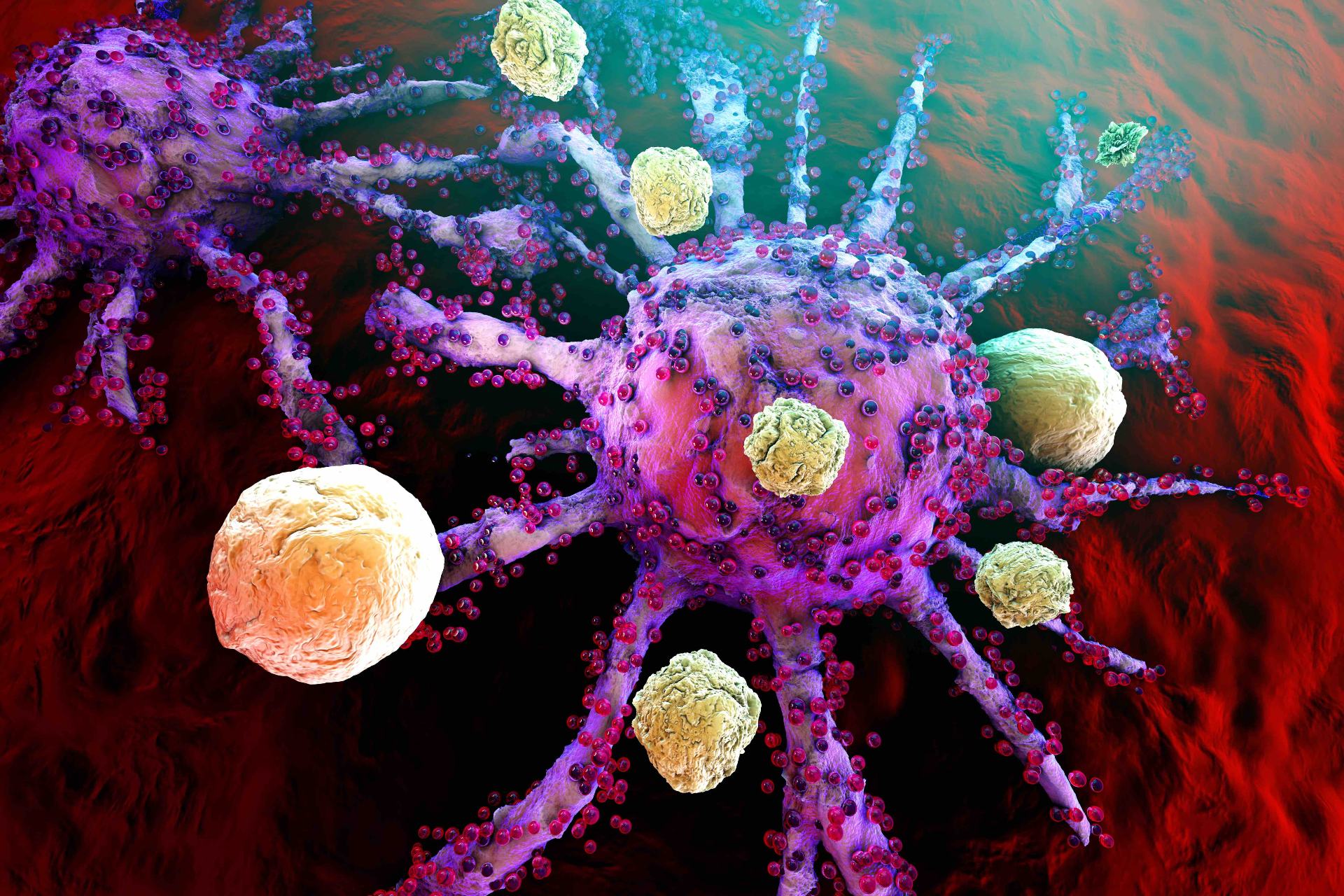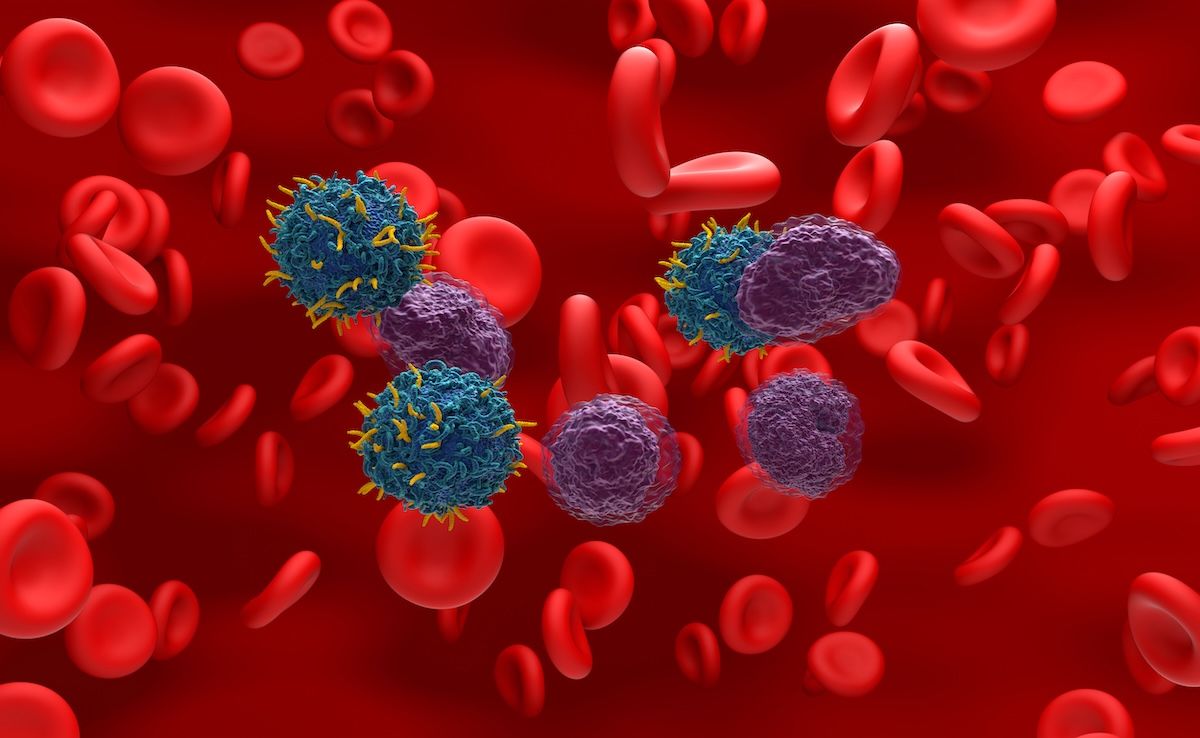Video
Diagnostic Approach to Acquired TTP
Author(s):
A key opinion leader explains how acquired TTP is diagnosed, with a focus on the use of ADAMTS13 testing.
X. Long Zheng, MD, PhD: How do you actually diagnose TTP [thrombotic thrombocytopenic purpura] and how do you differentiate TTP from many other thromboses or microangiopathies which have a similar clinical presentation? As I just mentioned, patients usually come to the physician’s attention because of very nonspecific symptoms. Sometimes they have pain, fever, those kinds of things. But the most important thing in the emergency department for a physician to look at is their blood count. They do a blood count and find out that [the] patient has thrombocytopenia, which is low platelet count, and they also have hemolytic anemia, meaning the red blood cells get broken down. When that happens, if they can’t find any other reason to explain those findings, then the suspicion of TTP should be rated high on their list. Of course, the first thing you have to do is to do a physical exam to root out some other obvious etiologies, such as malignant hypertension, and also to look for whether the patient has some kind of infection, sepsis, or DIC [disseminated intravascular coagulation], as well as malignancy, some medications that we know that can cause hemolysis and thrombocytopenia, and bone marrow transplant or the history of a bone marrow transplant. After you rule out all these obvious reasons that can cause thrombocytopenia and hemolytic anemia, then of course you need to do some other laboratory tests to confirm you have organ damage that shows up. The most important test that you need to do is the ADAMTS13 activity, as I just mentioned. A patient with TTP usually will have a severe deficiency of ADAMTS13 activity, usually less than 10% of the normal. That’s the key to differentiate TTP from many other thrombotic diseases or microangiopathies. Over the years, some clinical risk assessment tools have been developed. One of them is called the French score and the other one is called the PLASMIC score. Those scores are basically taking those common clinical and laboratory findings and giving them each a point. The more points that you get, the more likely that you have TTP. For example, if a patient has a platelet count less than 30,000 per microliter you get 1 point. Also, if your creatinine, which measures the renal function, is less than 2.2, which is not really high, then you get another point. If you rule out all the other things that I just mentioned like DIC, malignant hypertension, cancer, and bone marrow transplant, that patient really has a high probability of having TTP or having ADAMTS13 deficiency as a cause of TTP.
How is ADAMTS13 activity categorized? Regardless of clinical presentation, the ADAMTS13 activity is really the key for diagnosis. In a normal or healthy individual, the ADAMTS13 activity is between 50% to 150% or 50 to 100 international unit per deciliter. When ADAMTS13 activity is less than 10%, and in most cases it’s actually at an undetectable level, then the likelihood of TTP is pretty high. You can be pretty much sure this patient has TTP. If the activity is greater than 20%, and the pretest probability is not very high, then for this patient we pretty much can rule out TTP. There may be another disease, such as atypical hemolytic uremic syndrome, which is a completely different disease and should be treated differently. The problem in the clinical practice is when ADAMTS13 is actually between 10% to 20%, which we call the gray zone. Then the clinician really has to look at the patient to see whether the clinical symptoms match what you expect for TTP. In this case, the clinical judgment is required for making the final diagnosis, and of course, you always consider other diagnoses when you have that level of ADAMTS13. What is the turnaround time for ADAMTS13 test? That depends on where the test is performed. If the ADAMTS13 test is performed in-house, in your hospital or medical center, then usually we can expect 24 hours turnaround time or less. In my institute, we can provide turnaround time basically on the same day when they order it before 11:00 a.m. If you don’t have the ADAMTS13 test available in your center, you have to send it out to a reference lab, and then the turnaround time becomes an issue because sometimes it can take 3 days, sometimes it can take 10 days. It depends on where you send it to, and how you send them, too.
Transcript edited for clarity.





